How to properly head an email in Chinese
Note: If you are new to characters or generally want some support while working through the example sentences in the next sections, we HIGHLY recommend downloading this plugin*! It will help a ton with character reading, both in this article, and on the greater web in general. If you’ve already installed it, carry on! :)*
If you’re learning Chinese for career purposes, one thing you should know how to do is write an email in Chinese.
Chinese work culture tends to be more formal than in the West, and so writing an email in Chinese exactly as you would an English email is not recommended.
In this blog post, we’ll teach you how to head an email in Chinese the right way!
TLDR
When in doubt, be more formal
Greetings: 尊敬的 for formal purposes, 亲爱的 for informal purposes
Addressing: Be as specific as possible, formula is **Name + Position**
Subject Line: Concise, specific
1. Start with a Greeting
The first line of the email should always include a greeting. In Chinese business, the most commonly used greeting is "尊敬的", which means "Respected." This greeting is used for formal emails, such as those sent to business partners or potential clients.
For informal emails, such as those sent to friends or family, you can use "亲爱的", which means "Dear."
Notes on 亲爱的:
You can use it in business, but typically only when interacting with someone at or below your level, not with superiors!
Gender norms mean that men typically don’t use this word with each other
Scenario comparison:
Your boss: 尊敬的
A potential client: 尊敬的
Your bestie from college: 亲爱的 ❤️
Your son: 亲爱的
2. Address the Recipient
After the greeting, you should address the recipient. In Chinese, it is common to use the recipient's full name, followed by their title or position.
Ex:
Li Ming who is a manager
Full Name: 李明
Position: 经理
Addressed as: 李明经理
It’s generally best to be as specific as possible when addressing your recipient. However, if you don’t know their position, you can resort to these more generic formal terms:
Men: 先生 (”Before born”, alluding to how elderly age is associated with seniority in Chinese culture)
Women: 女士 (”Woman person”)
*For more informal situations, a woman can be addressed as 小姐, which literally means “little elder sister” but is better translated as “young lady” or “Miss ___”.
3. Add a Subject Line
Like an email in English, the subject line should be concise and specific, giving the recipient an idea of what the email is about. In Chinese, the subject line typically comes after the greeting and before the main body of the email.
Ex:
关于春节假期安排的通知
Notice Regarding Spring Festival Holiday Arrangements
To Conclude
Properly heading an email in Chinese is essential to avoid any misunderstandings with your recipients; it’s easy to unintentionally offend someone by being more casual than you should be.
However, there’s no need to fear this task. As long as you make sure to follow the above guidelines, your emails will always give their recipients the amount of respect they deserve.
Try out this quiz to test your email etiquette (礼貌) knowledge!


